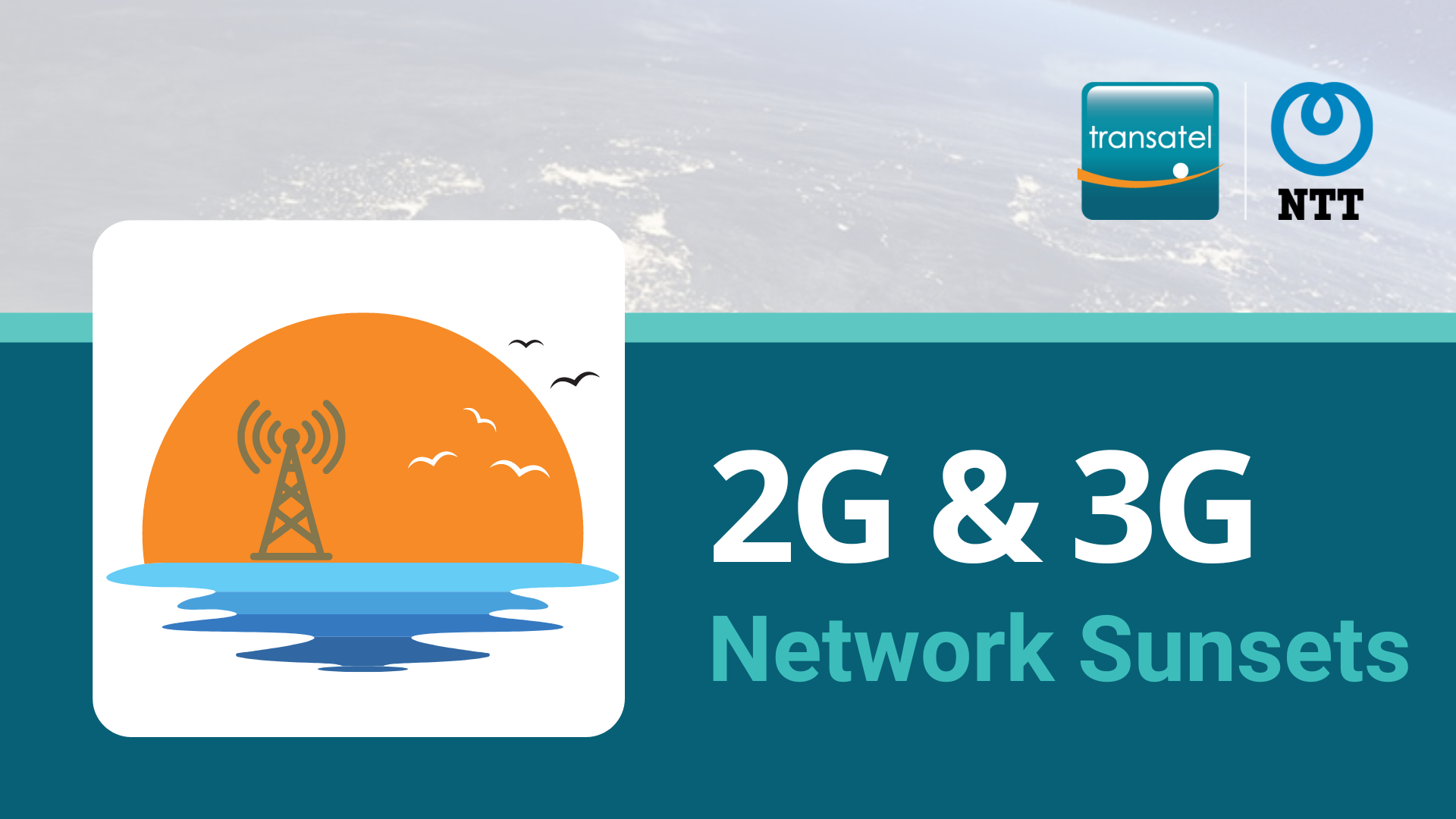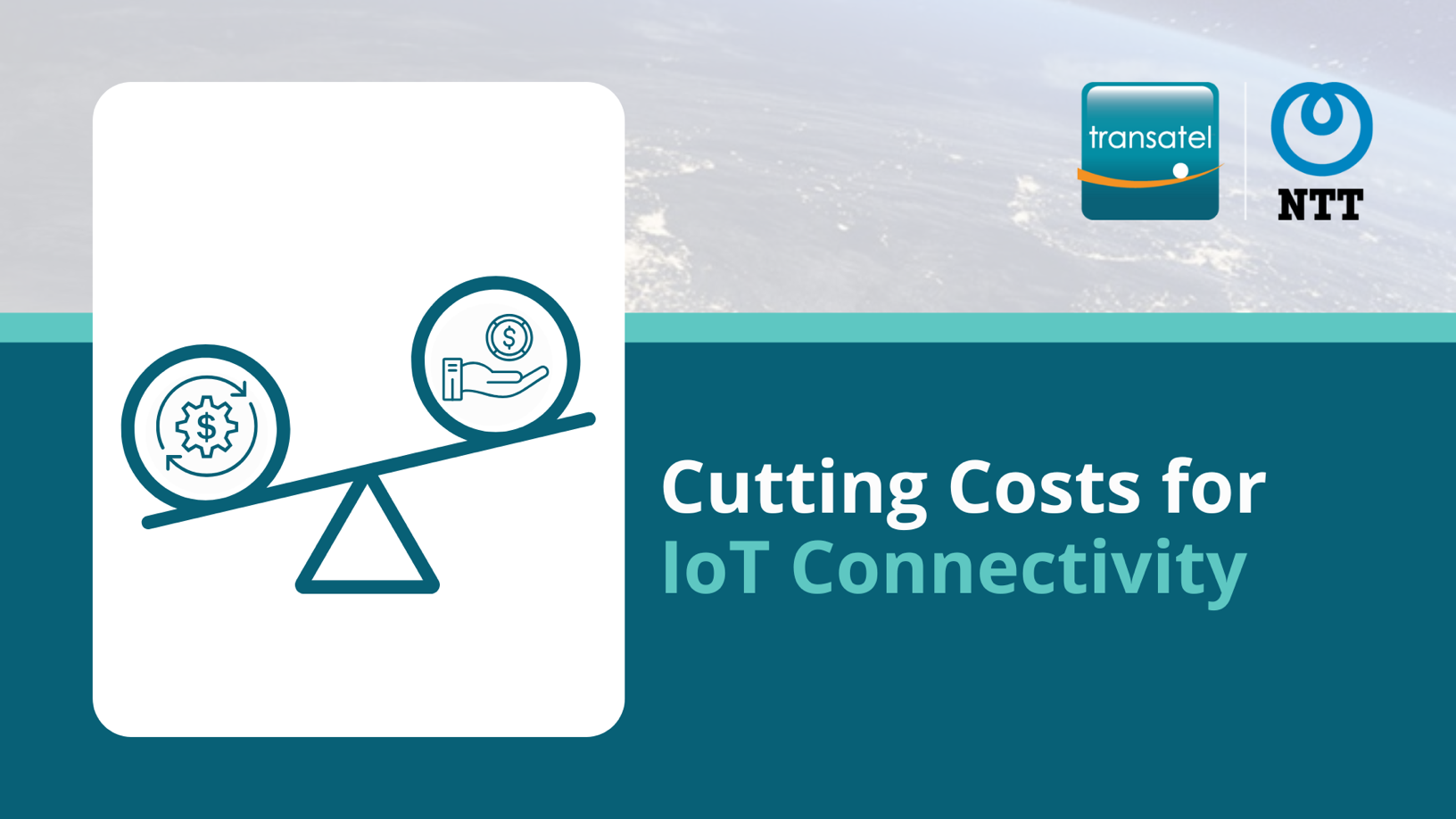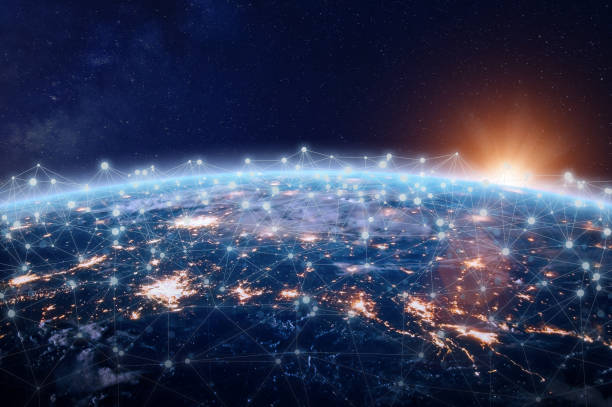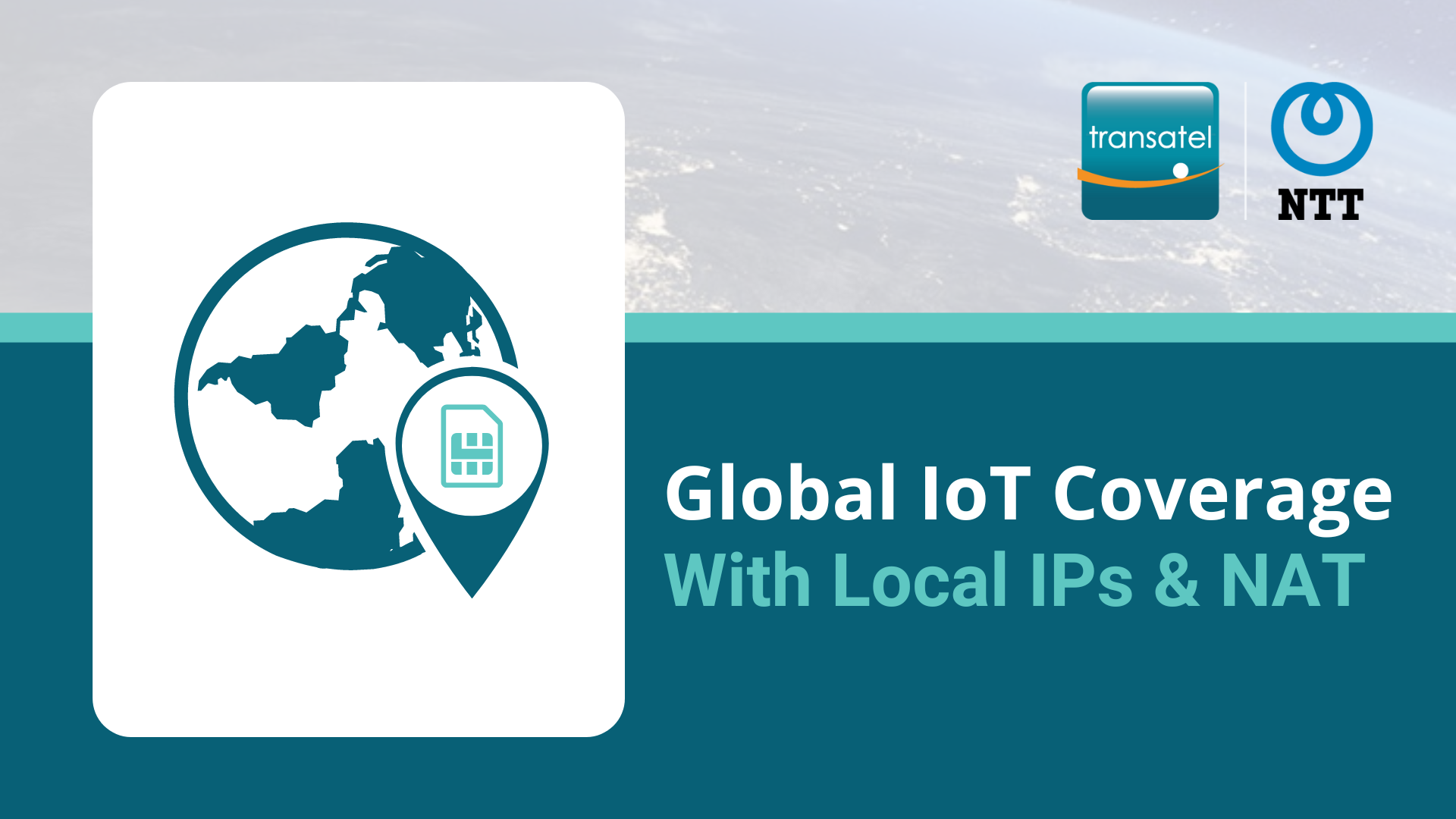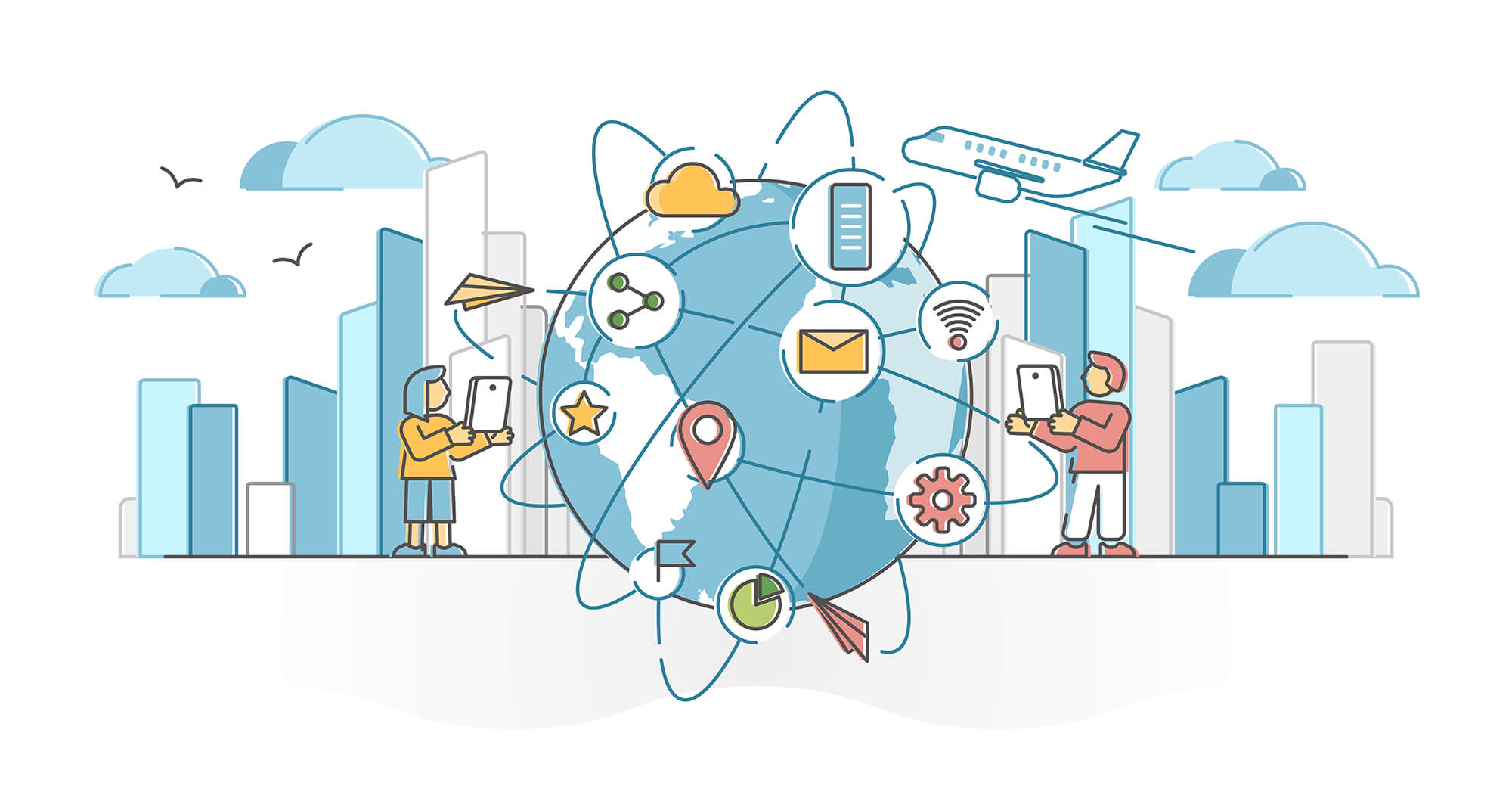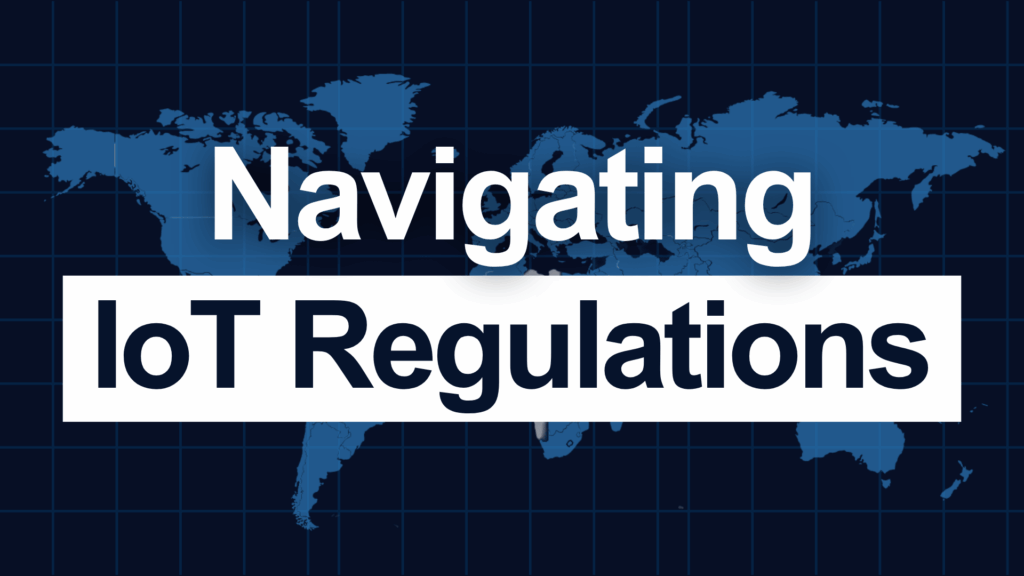
Need for IoT regulations in 2025
The term Internet of Things (IoT) originated in 1982 when IT students connected to a Coca-Cola vending machine for automatic restocking alerts. Today, IoT is integral to digital transformation for major enterprises. Since 2015, there has been a surge in connected products, known as Massive IoT. By 2027, projections suggest 30 billion connected devices globally, with 5 billion using cellular networks (2G, 3G, 4G/LTE, 5G, LTE-M, NB-IoT). (Source: https://iot-analytics.com/number-connected-iot-devices/ )
Businesses now utilize IoT not only for data collection and device monitoring but also for new service models and monetization. Cellular technology is preferred for deployments in remote areas due to its established infrastructure. Whether you are in CXO, Finance, Product, Operations, Engineering, Marketing, or Sales, Cellular-based IoT likely affects your work. Understanding IoT regulations is crucial for planning upcoming IoT projects.
Understanding Cellular IoT Regulations:
For decision-makers in cellular IoT solutions, like telecom companies offering connectivity, understanding IoT regulations is crucial. Global regulatory bodies closely monitor IoT deployments, especially by foreign enterprises, often with limited national accountability.
Key agencies overseeing these responsibilities include the Department of Telecommunications, the Ministry of Science and Development, the Infrastructure Ministry, and the Ministry of Interior Security.
What are some key regulatory issues you should be aware of?
1. Key Regulatory Issues in IoT Connectivity
Permanent Roaming in IoT connectivity can significantly affect operations. Unlike mobile phones, IoT devices like asset trackers or remote sensors are deployed continuously across borders, often triggering roaming restrictions of 60-120 days in various countries. This imposes technical, commercial, and legal challenges, including added fees for extended use.
2. National Security
Compliance with national data sovereignty laws is of utmost importance in IoT deployments. Data generated by devices must adhere to stringent data protection regulations such as the California Data Protection Act (USA), GDPR (EU), and Protection of Personal Data (The UAE). Ensuring data remains within national borders is essential for both telecommunications providers and businesses.”
3. Intercepts
National security considerations extend to intercepts, primarily targeting voice service providers. However, IoT applications, notably in the automotive sector with emergency call capabilities, may also necessitate interception tools for specific business needs. Brazil exemplifies this approach with established voice call interception mechanisms for IoT initiatives.
4. Local Legal Requirements
Before launching IoT services in any country, it is a no-brainer to adhere to local legal regulations. Some countries mandate obtaining local licenses for deploying connected assets. Non-compliance can lead to legal complications and increased project deployment costs. For instance, the UAE needs IoT service registration, while similar regulations are in place in Egypt and Singapore.
5. Taxation
Local business security is a priority for national regulators, often achieved through taxation. Devices connected through foreign operators, especially under Permanent Roaming scenarios, protect themselves from local tax obligations, creating an uneven playing field for local operators. Brazil is one such country with strict taxation levels, featuring municipal, state, and federal taxes based on the type of services being deployed.
6. Commercial Considerations
While primarily concerning global IoT MVNO/MNOs, a hostile attitude towards permanent deployment of IoT devices by operators in certain countries, such as the USA and Canada, can affect deployment costs.
Which Countries are Affected?
There are many obvious countries, like China, India, member states of the GCC, Brazil, Turkey etc. but with changing geopolitical scenarios, as business leaders, our IoT experts have a keen eye on Indonesia and Nigeria.
IoT regulation is rapidly evolving globally, with various countries, including the USA and Canada, implementing protective measures. Expect more countries to join in the coming years.
How can you easily navigate IoT Regulations in 2025?
As a global IoT MVNO, Transatel has earned the trust of several automotive, industrial, and consumer device OEMs for its global device connectivity solutions. By having direct access agreements with local MNOs, negotiated individually rather than through global alliance programs or roaming sponsor agreements, our connectivity solutions stand out in the market. With solutions being tailored to specific needs, like:
- Roaming through the global MCC/MNC range
- Local licensing compatibility
- Bring-your-own-connectivity
- Multi-IMSI, multi-profile
- A hybrid approach
Enterprises can rely on Transatel’s ‘Single Pane of Glass’ approach to navigate IoT connectivity globally, ensuring regulatory compliance and cost-efficiency for future-proof deployments. Over the past two decades, Transatel has built its own global connectivity platform, with our IoT experts uniquely equipped to navigate complex international IoT regulations – even in challenging markets such as Canada, the USA, Nigeria, and Indonesia.
Click here to book a call with one of our IoT Regulation experts.

